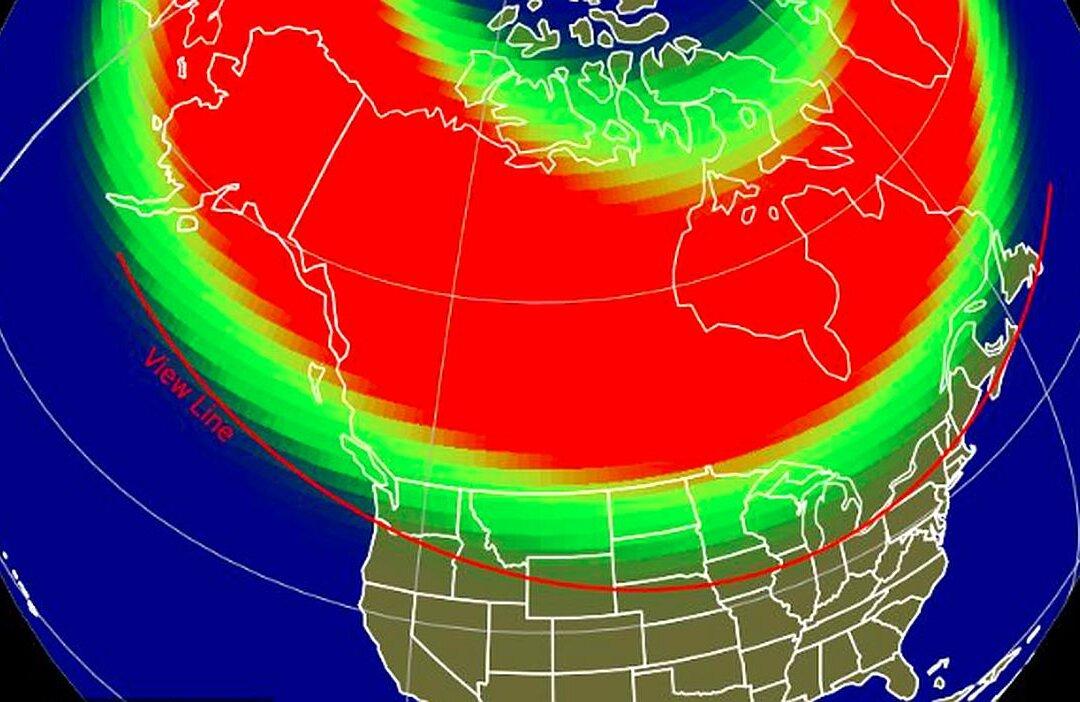An advisory for a geomagnetic storm was issued for Monday and Tuesday by a federal agency after an eruption on the surface of the sun was detected on Sunday morning.
The Space Weather Prediction Center, a subdivision of the National Oceanic and Atmospheric Administration (NOAA), warned about the eruption—known as a coronal mass ejection—on Sunday.





